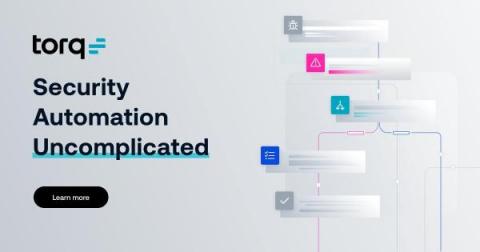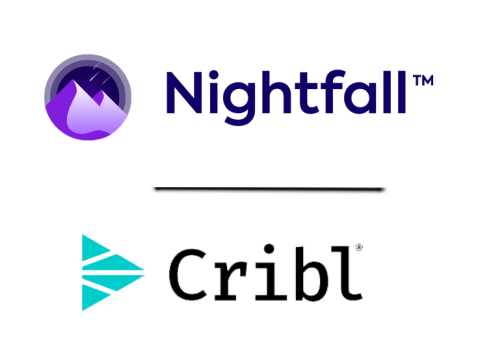Automated Developer-First Security: Our Partnership with Snyk
Today’s developers move at increasingly rapid speed – making it more critical than ever to identify and resolve code vulnerabilities early in the software development lifecycle. By tackling security early – instead of waiting until testing and deployment – engineering teams can reduce unnecessary patching and maintenance cycles, reduce risks, and ensure timely delivery of new features.











